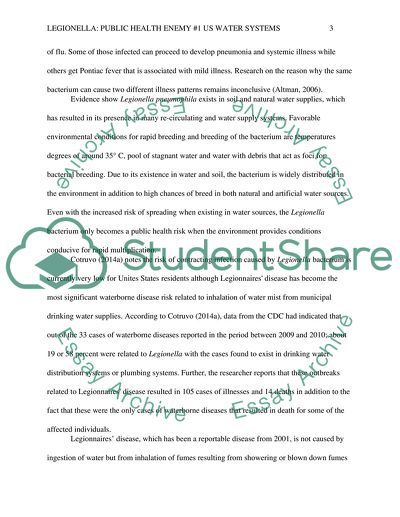Cite this document
(“Legionella:Public Health Enemy #1 US Water Systems Research Paper”, n.d.)
Retrieved from https://studentshare.org/environmental-studies/1674587-legionellapublic-health-enemy-1-us-water-systems
Retrieved from https://studentshare.org/environmental-studies/1674587-legionellapublic-health-enemy-1-us-water-systems
(Legionella:Public Health Enemy #1 US Water Systems Research Paper)
https://studentshare.org/environmental-studies/1674587-legionellapublic-health-enemy-1-us-water-systems.
https://studentshare.org/environmental-studies/1674587-legionellapublic-health-enemy-1-us-water-systems.
“Legionella:Public Health Enemy #1 US Water Systems Research Paper”, n.d. https://studentshare.org/environmental-studies/1674587-legionellapublic-health-enemy-1-us-water-systems.


